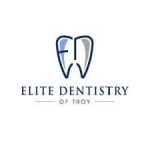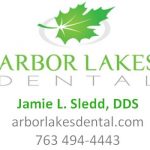
«The patient will never care how much you know until they know how much you care. » - S.Terry Canale, MD
Compassionate and effective doctor-patient communication is a key factor influencing therapeutic relationships.
Today’s doctors face numerous challenges that impede patient-doctor relationships. For example, they must maintain clinical productivity while effectively treating their patients. Can they afford less time with each patient while doing so?
Effective doctor-patient commu...
Read More








